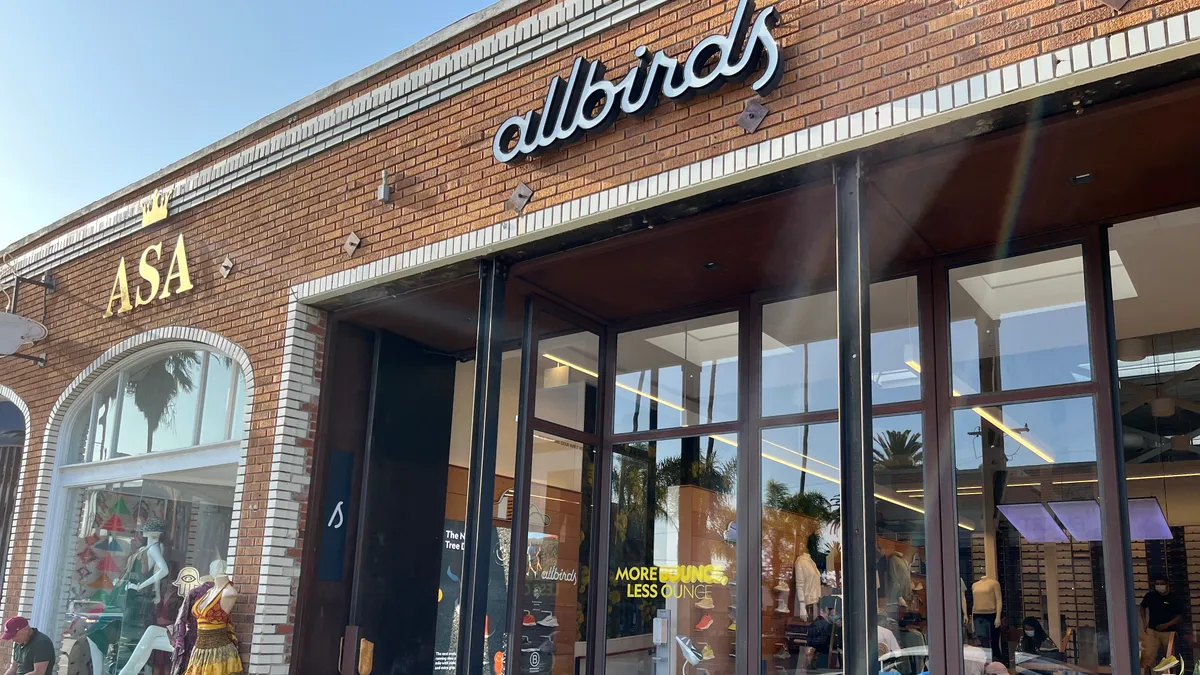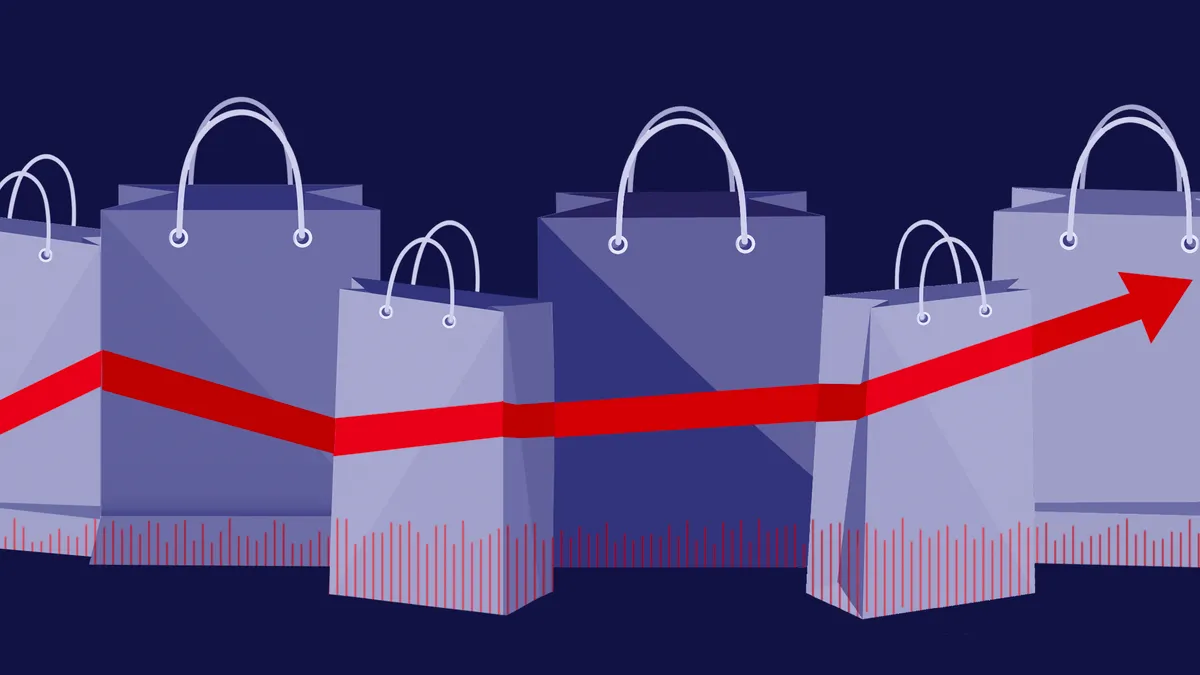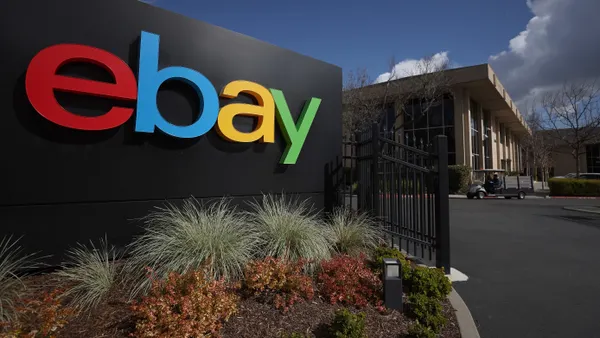Connecting with every generation in the age of frequent shoppers
Ecommerce has become an integral part of daily life. Millennials and Gen Z are leading the charge, with 55% and 48%, respectively, shopping online multiple times a week, driven by convenience and ingrained habits. Even Gen X (39%) and Boomers (44%)—traditionally considered more digital-cautious—shop online 2-3 times per week, though their purchases are typically fewer and more deliberate.
To maximize revenue, brands must tailor their engagement strategies. Frequent shoppers respond well to triggered emails and text campaigns with personalized promotions or timely deal reminders. For less frequent shoppers, targeted messaging addressing specific hesitations—like abandoned cart notifications or limited-time offers on browsed items—can be highly effective in driving conversions.
Direct-to-brand channels show untapped potential
Understanding where consumers choose to shop online sheds light on their trust in platforms that deliver convenience, value, and reliability. Online marketplaces like Amazon remain dominant, favored by over half (53%) of shoppers for their vast product selection, competitive pricing, and user reviews. Retailer websites such as Walmart and Target are particularly popular with Millennials (49%) and women (40%). Meanwhile, direct-to-brand channels present a promising, yet underutilized, opportunity, especially among younger demographics seeking exclusivity and authentic brand connections.
Shopping directly from brands offers unique advantages, allowing companies to bypass marketplace competition and forge deeper, more personal relationships with consumers. The factors driving direct-to-brand shopping decisions highlight the interplay of trust, value, and convenience.
Price leads as the most significant driver, with 35% of consumers prioritizing brands offering the best deals. Men (39%) are slightly more price-sensitive than women (30%), while Boomers (43%) emerge as the most cost-conscious group. In contrast, only 24% of Gen Z shoppers prioritize price, indicating their focus lies elsewhere. Free shipping also plays a pivotal role, with 17% of consumers across all age groups citing it as a key factor, underscoring the importance of convenience and cost savings in purchasing decisions.
The solution to cart abandonment
Unfortunately, online shopping and cart abandonment often go hand in hand. As Dolly Parton wisely said, "If you want the rainbow, you gotta put up with the rain." Consumers abandon online purchases for many reasons, usually when the perceived value doesn’t outweigh the hurdles they encounter. High shipping fees (44%), lack of trust (15%), and complicated checkout processes (16%) are common deterrents across demographics. Yet, sometimes there’s no clear logic behind the behavior. The good news? These shoppers can often be won back.
Email is the top channel for cart abandonment messaging, preferred by 40% of respondents, with Boomers leading at 59%. Millennials also favor email, though at a lower rate of 33%, reflecting their diverse preferences across platforms. Text messaging resonates more with Gen X (26%) and Gen Z (21%), with the latter showing a strong preference for image-based MMS content, setting them apart from other groups.
When it comes to triggered messaging on brand websites, financial incentives are the most effective motivators. Price drops on previously viewed items influence 52% of consumers, while 50% identify discounts as their top reason to complete a purchase.
Final thoughts
The U.S. digital commerce landscape is more dynamic than ever, shaped by shifting generational preferences, the unstoppable rise of AI, and the transition to privacy-centric marketing. While uncertainty looms, this moment also brims with opportunity. Brands that swiftly adapt by prioritizing data-driven personalization, omnichannel strategies, and transparency will lead the way.
Consumers are clear: they expect brands to meet their needs directly and meaningfully. The tools to thrive in this evolving landscape are within reach. Explore the U.S. 2025 Consumer Insights Report for Digital Commerce to uncover data, key insights, and actionable strategies to connect deeply with your audience and maximize ROI in 2025.










